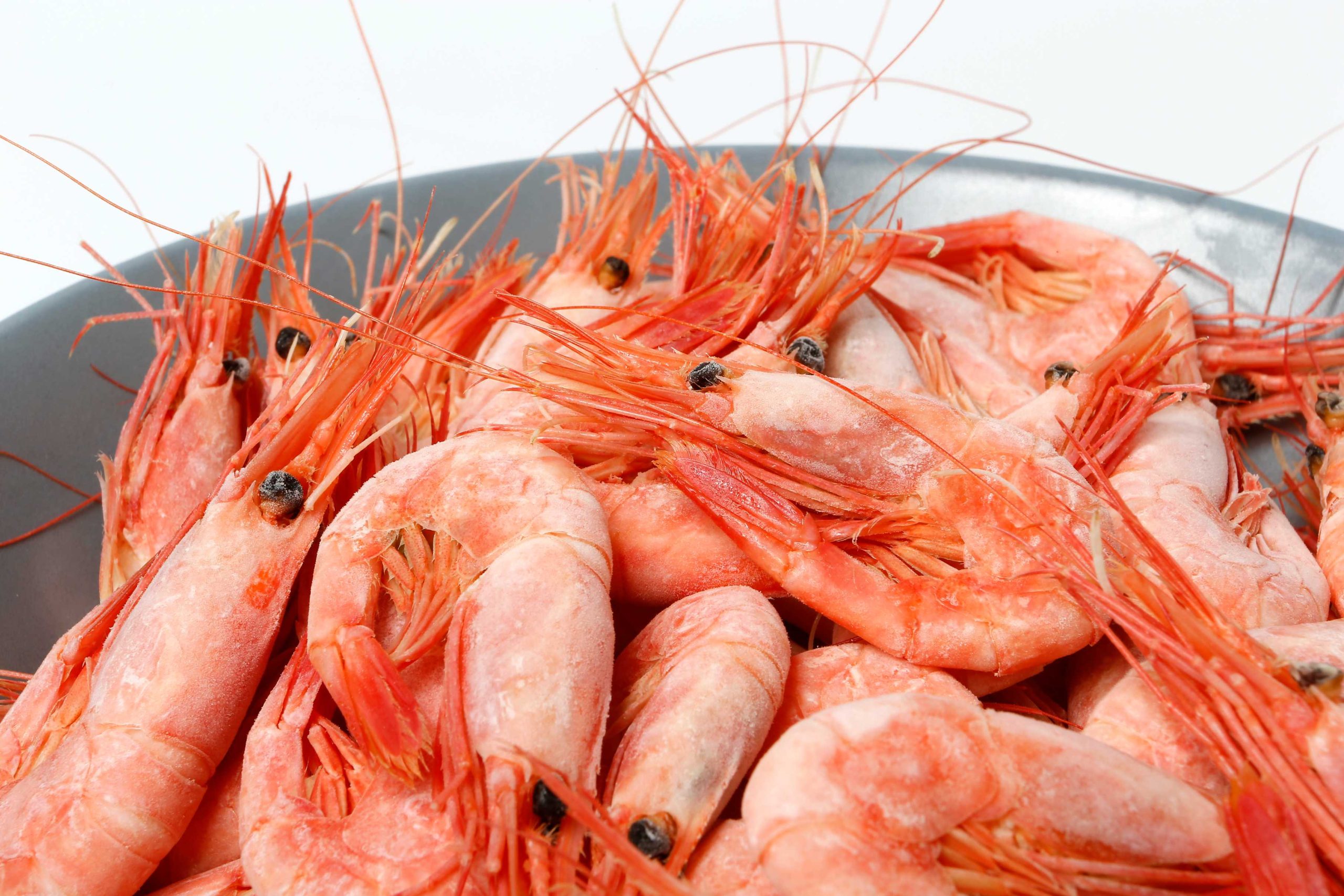Food safety and high quality are standards that many production plants have difficulty meeting today, due to labor-intensive methods or manual handling of products. For these reasons, automation has proven to be the future of shrimp processing, as it not only allows processors to increase efficiency, throughput, and uptime but also allows them to reduce labor costs at the same time.
Overcoming the challenges of traditional shrimp processing
Automation for food safety
To achieve consistent product quality and hygiene, it is paramount to use consistent temperatures for thawing, soaking, cooking, cooling, and glazing shrimp. This is hardly achievable when temperatures are set manually, which can lead to bacterial growth and compromise hygiene.
To overcome this challenge, OctoFrost IF Cooker uses multiple temperature-controlled zones for optimal flexibility and control of the cooking process, which prevents shrimp from overcooking or undercooking. This not only improves yield but also avoids food safety hazards. OctoFrost shrimp processing line also features a cross-flow water filtration and recirculation system that reduces water usage, further contributing to food safety.
Reducing production costs with minimum manpower
In many shrimp processing plants, manpower is still required to move the product between stages, such as during defrosting and soaking. This human intervention not only compromises the food safety of the product but also slows down the process and increases production costs.
Using the fully automated OctoFrost shrimp processing line, only one operator is needed to feed the product into the machine and set the cooking recipe. As a result, production costs are minimized and food safety and uptime are improved.
Automated infeed and flow control
It is still common practice in many production plants to use small containers to measure the volume of the product and feed it into the machine in the absence of automated measures for transporting the product within the shrimp processing line and between stages. In addition, due to the design limitations of these processing machines, large volumes of the product must be manually distributed into the cookers and freezers in a single layer. As a result, production is limited by this labor-intensive and time-consuming process.
Thanks to automated solutions, shrimp processors are able to process large volumes of product, which are fed into the line uniformly. This ensures that cooking is even and results in a higher production capacity.
Why choose OctoFrost IQF technology?
With more than 25 years of experience in the shrimp processing industry, OctoFrost is the trusted technology partner of many leading shrimp processors worldwide.
OctoFrost’s IF Chiller uses Impingement Flash (IF) technology, consisting of the use of a rainshower system, which puts an immediate halt to the cooking process by achieving faster heat faster. To guarantee the safety of the food, the temperature of this water does not exceed 6°C.
OctoFrost IQF Shrimp Processing Lines feature adjustable airflow that freezes the crust of the product in seconds. In addition to ensuring good product separation, this prevents moisture from escaping from inside the shrimp or damaging its surface. The interchangeable OctoFrost™ plates, on the other hand, handle the product gently and allow efficient cleaning for maximum food safety.

